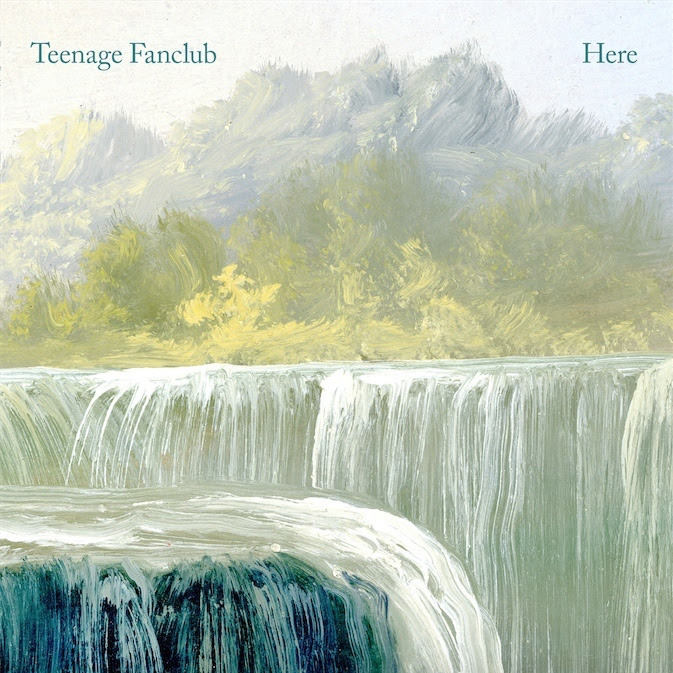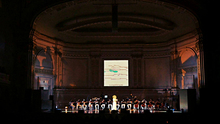Confusion is bound to reign when any band suggests a hiatus is at hand, has their booking agent confirm it, and then issue a statement that reinforces said break whilst also announcing another new record within months. In Thee Oh Sees’ case, it’s not the quickfire turnaround of another album that had took their audience aback – they’ve long since been a byword for prodigious productivity – or even that they’d appeared to directly contradict themselves by simultaneously declaring downtime and more music. The baffling thing was that John Dwyer’s outfit would entertain the concept of slowing down at all.
That episode unfolded in December 2013, and now, close to three years on, anybody who raised their eyebrows has been vindicated. By April of the following year, Drop had become their eleventh studio effort, with Mutilator Defeated at Last following in 2015 and now, another year on, we have another Thee Oh Sees LP, A Weird Exits. As always, there’s been lineup changes and geographical upheaval in that time, but John Dwyer, the de facto bandleader, has always dismissed such turbulence as insignificant. Despite that proclamation he made that the band would be off the road for “a long while”, their holiday actually amounted to about five months. In Dwyer’s world, that’s a lifetime.
The long-held view of Thee Oh Sees is that, as subtly as they might change things up from record to record, they ultimately never stray too far from their signature brand of psych-tinged, freewheeling rock and roll. In their defence, you can afford to evolve slowly when you turn out new material so frequently - the sort of stylistic jump you might expect over a period of three or four years with no fresh tracks isn’t necessary when there’s new cuts every 12 months.
That said, A Weird Exits feels like the first time in a while that Dwyer has chosen to take a lurch forward rather than a small step. He hasn’t quite jumped from one platform to the other here - instead, it feels like he’s got one foot in the band’s future and the other still in its past - but there is a deeper exploration of those psychedelic influences that’s difficult to miss. Rather than forcing them to fit the krautrock-ish mould that Thee Oh Sees have usually operated within, instead Dwyer has made the psych the core of the record, rather than something to apply the brushstrokes with.
It’s something that becomes especially apparent on the back half of the album, particularly on its standout moment, the near-eight-minute epic ‘Crawl Out from the Fall Out’. Mournful strings and synths straight from Vangelis’ Blade Runner score cloak the track in thickly atmospheric cloak early on, and the vocals are tentative, almost apologetic; the repetitive structure is retained, but the usual groove goes out of the window. The same applies for closer ‘The Axis’, with flickers of a noodling guitar floating over a spiraling electric organ - it feels like the most experimental territory that Thee Oh Sees have found themselves in for quite some time.
The freakout moments are still present and correct; ‘Dead Man’s Gun’ explodes into a scintillating solo at the midpoint, and there’s almost a touch of glam stomp to ‘Plastic Plant’. The first half as a whole feels something like business as usual, so it’s the flipside that’ll intrigue long-term followers the most. It’s probably not the album in the band’s considerable catalogue that’s going to convert the unconvinced - it’s a bit too uneven to be considered for that position - but, for the first time in a while, Thee Oh Sees have their eyes fixed firmly on new ground. Check back next year to see if they can make the move permanent.
-
7Joe Goggins's Score























